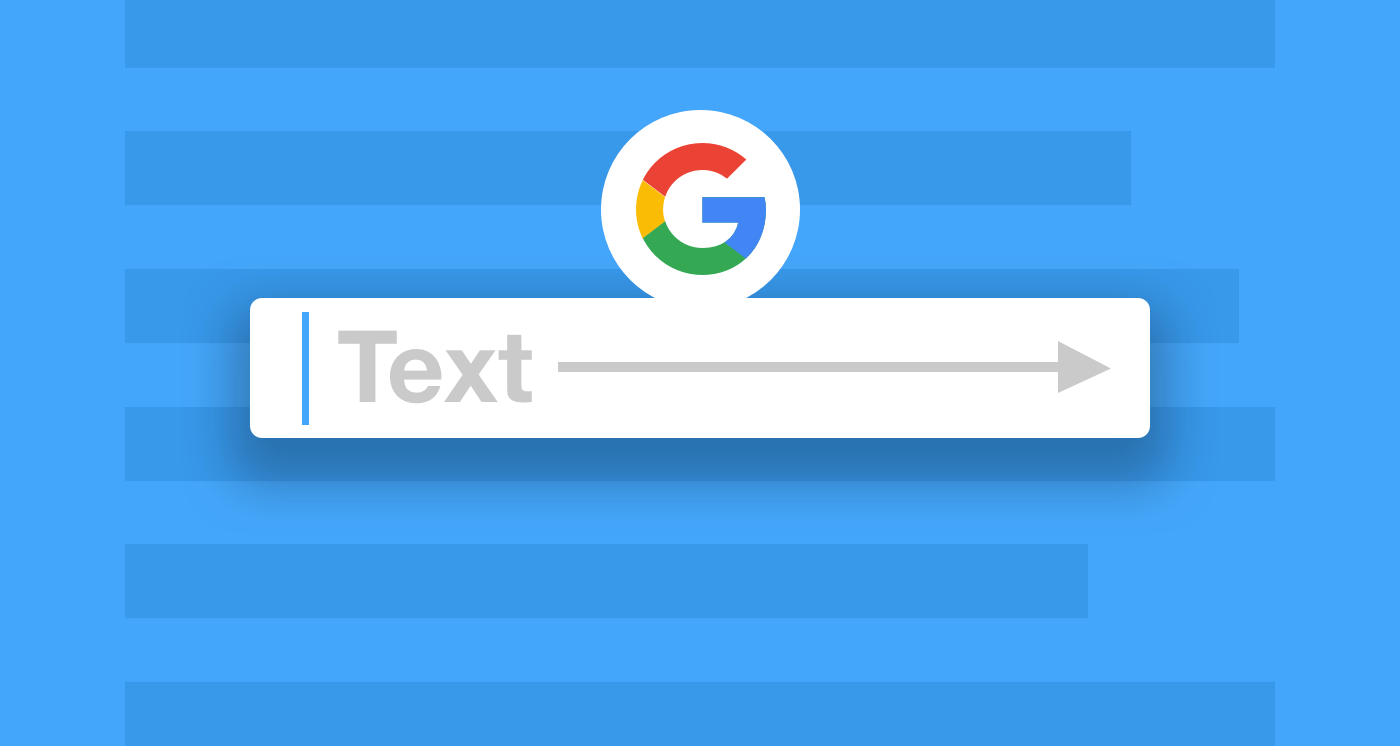Expanded Text Ads: What You Need To Know
Published by Spinutech on November 2, 2016

There is a (another) change coming in regards to how Google will show their paid search ads. This format change was announced this past summer and will be fully live by January 31, 2017. Expanded text ads are somewhat similar to today's version but do have a few key differentiators. As Google would say, this is the next generation of text ads with a mobile-first mentality.
Primary Changes to Google AdWords
- Two headlines and up to 30 characters in each headline
- A single expanded 80 character description field
- A display URL that will use the final URL’s domain
- Two optional “path” fields that can be used in the ad’s display URL that can be up to 15 characters each
What’s Happening to Expanded Text Ads
There Are Two Headlines Now
As illustrated in the graphic below. The new, expanded text ad, version (as shown below) is on the left and the old version is on the right. Expanded text ads will have two headlines instead of just one. The additional headline field will allow you to put in extra copy. The old layout limited you 25 characters per headline and this will be changed to 30 characters. In the new format, the headlines will be on the same line separated by a hyphen. In certain situations, like on a mobile device, the headlines may wrap to a second line.
The Description Lines are Being Merged Into One
Before there were two 35-character description lines for the standard text ad version. With expanded text ads you will have a single 80-character description field, giving you the ability to have a clearer overall message.
The Domain of Your Display URL Will Now Be Based on the Final URL Domain
This one is a little more technical. In short, you will no longer need to enter your display URL when you create an ad. Adwords will use the domain from your final URL and then provide you an option to add as many as two new optional “Path” fields. These variations are added to the displayed URL and will allow you to better show the user what will be on the destination page.
Today you have to enter in a display URL that matches the URL of the page you are sending them to. Now AdWords will take the domain of your final URL and use that as the ad’s display URL. As an example, if your final URL is www.spinutech.com/digital-marketing/google-partner it would now show as just www.Spinutech.com.
With the two optional “Path” fields you can add in terms to the URL that will help people better understand the page they will be going to. In our same example from above, we would do something like this.
Actual URL- www.spinutech.com/digital-marketing/google-partner/
With path text of “Google” and “Partner”, it would now be www.Spinutech.com/Google/Partner
It is important though that the path text really represents what will be on the landing page they are being sent to.
Text Ads are Now Mobile-Optimized
Since the new expanded text ads format is already mobile-optimized there is no longer the need to turn on the mobile device setting. The best part is when you create a new ad you can see a preview of both desktop and mobile ad formats.
Final Thoughts
Given there is almost 50% more ad text in the new expanded text ads format make sure to take advantage of it. This should help you drive more qualified leads since you will be able to better describe things with the added text.
Take time to think about your messaging. Make sure it flows with the new format and you’re not just simply adding to what you have today.
Make use of the full character limits. With the expanded ads you can better explain your product or service.
Take advantage of ad extensions. Ad extensions will improve your ad’s performance. This is a great time to turn those on if you aren’t using them today.
If you have questions about expanded text ads let us know. We'd be more than happy to help!